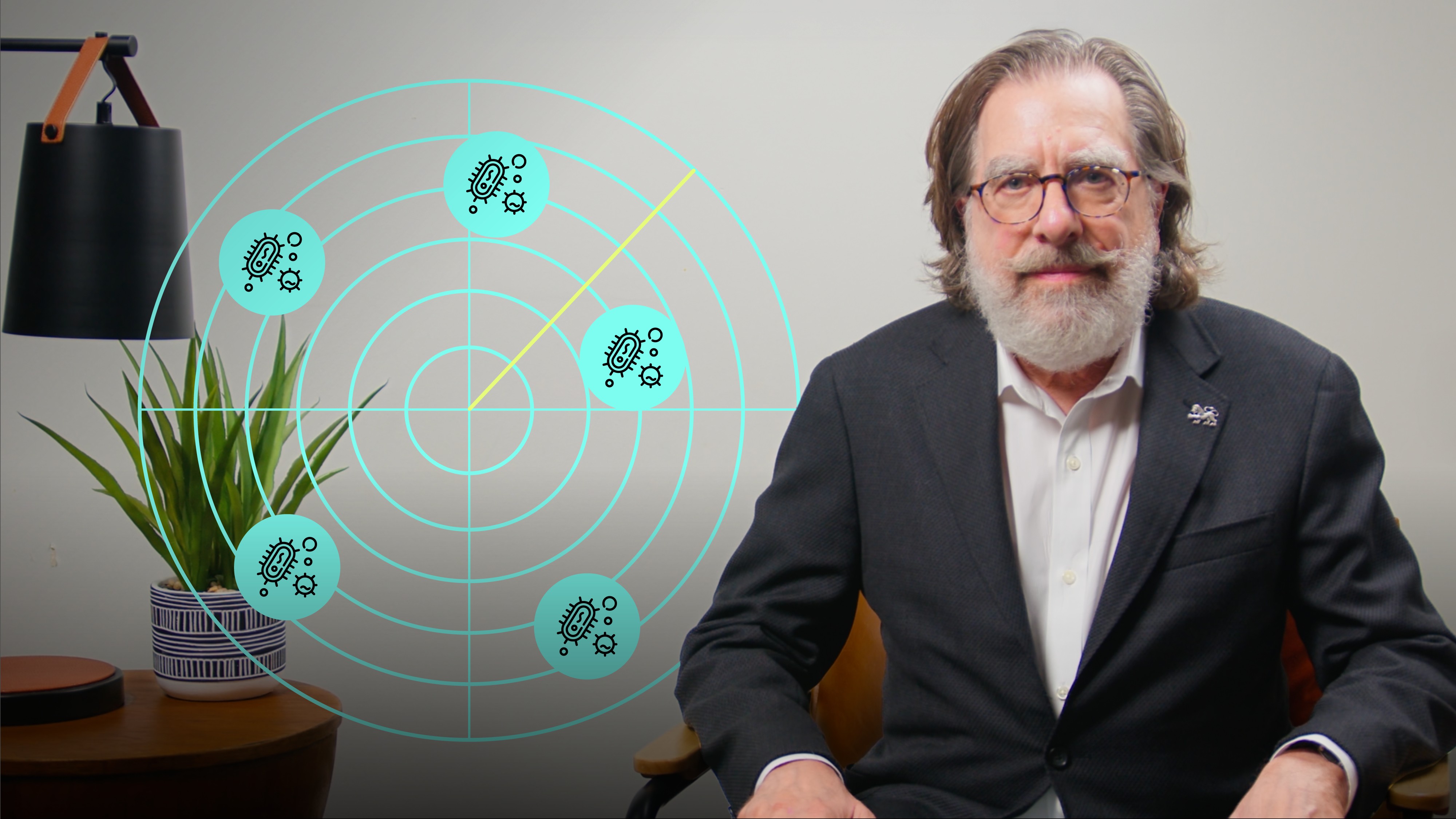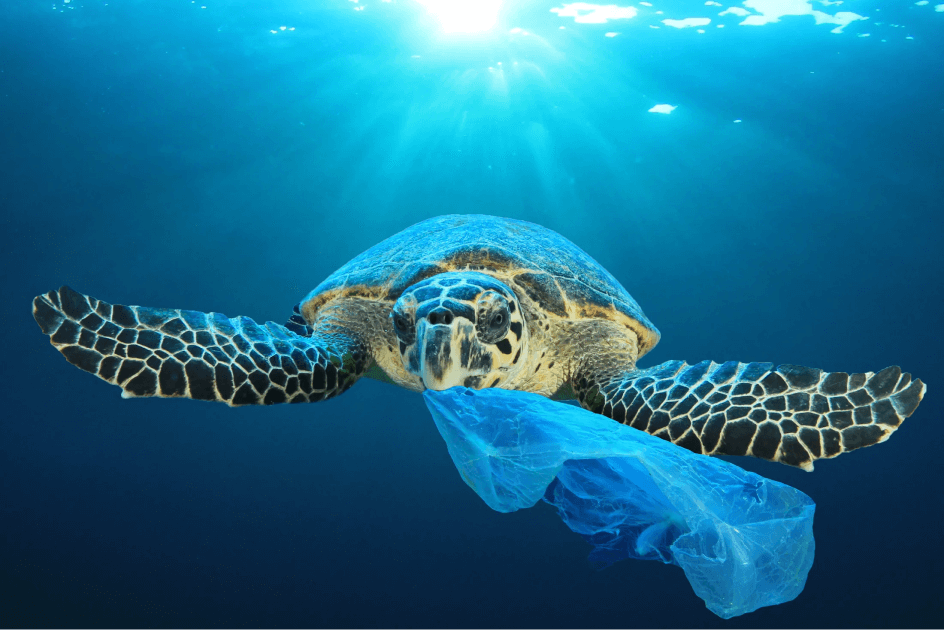What are some examples of global water regulations and why are they important?
Water is a public good, and regulations are essential to ensure its safety and consistency across different regions. The World Health Organization (WHO) provides guidelines for drinking water quality, covering microbiological, chemical, and radiological parameters. These guidelines serve as a foundation for many national regulations.
What are some examples of global water regulations?
The European Union enforces the Water Framework Directive, setting water quality standards for surface and groundwater. The UN’s Sustainable Development Goal 6 aims to improve global water quality. Despite these efforts, enforcement remains a challenge, especially in developing nations due to limited resources and data-sharing difficulties. The World Water Quality Alliance is working to improve monitoring and global assessments of water quality.
What are the key US federal water regulations?
The US has comprehensive federal regulations to protect public health and the environment. Regular testing and monitoring are required under these laws, and public water systems must provide annual water quality reports to consumers. Two key laws govern water quality:
- The Safe Drinking Water Act (SDWA)
- The Clean Water Act (CWA)
How do US states regulate water quality?
Individual states can enforce their own drinking water regulations, provided they meet or exceed federal standards. Some states, like California and New Jersey, have their own acts with additional requirements. The EPA also monitors unregulated contaminants and updates its list of potential threats to public health. State and local authorities collaborate with the EPA to ensure compliance from water suppliers.
What are the challenges with water drinking culture in the US?
Despite stringent regulations, millions of Americans still lack access to safe drinking water, and distrust of tap water has grown in recent years, particularly after events like the Flint water crisis. A 2020 study found that between 2017 and 2018, the number of Americans avoiding tap water increased significantly, particularly among Black and Hispanic communities. Public concern about water safety is high. Water conservation concerns also vary by generation, with Baby Boomers (82%) being more concerned than Millennials (78%) and Generation Z (74%).

































